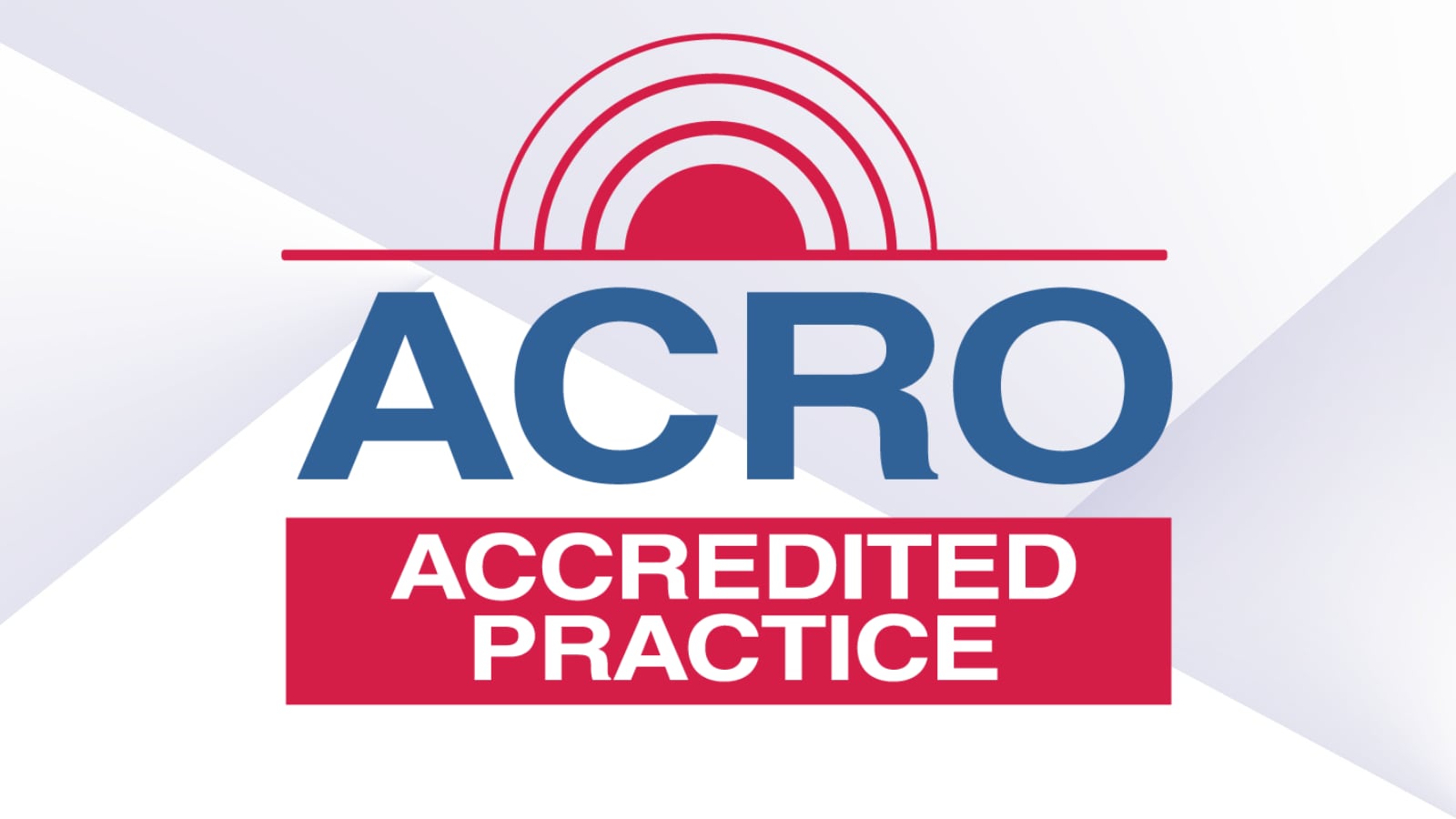Radiation Therapy
Stay close to your home in the Jonesboro area for advanced radiation therapy technology. St. Bernards Cancer Center offers many options to tailor treatment to your needs, improving your long-term outcome.

External Beam Radiation
Usually, radiotherapy involves a machine called a linear accelerator. This technology sends an invisible X-ray beam to your tumor to kill the cancer cells. You may hear your radiation team use terms like:
- Image-guided radiation therapy (IGRT) – Relies on imaging during treatment to precisely direct the radiation beam
- Intensity modulated radiation therapy (IMRT) – Conforms the radiation beam to the shape of your tumor to spare nearby healthy organs and tissue
- Respiratory gating – Adjusts the radiation beam for tumors that move as you breathe
- Stereotactic radiation therapy – Delivers radiation from several angles to make treatment more effective
Preparing for External Radiation
Before your first treatment session, we’ll do a simulation—a practice run. A radiation therapist will position you on a computed tomography (CT) machine and mark your skin with temporary paint or tiny permanent tattoos. These marks show where to aim the radiation beam. If treatment will target your head or neck, we may also fit you with a mask or mold to keep your body in the same place during each treatment.
Internal Radiation (Brachytherapy)
Brachytherapy places tiny, radioactive pellets inside the body, in or near your tumor. Doctors sometimes use this treatment for breast cancer, gynecologic cancer, prostate cancer or head and neck cancer.
Depending on your needs, you may receive:
- Low-dose rate (LDR) brachytherapy – Leaves the radioactive seeds in your body, where they decay over time
- High-dose rate (HDR) brachytherapy – Places the radioactive pellets in your body for a few minutes and then removes them
Brachytherapy delivers radiation to a very small, targeted area. That reduces the risk of side effects, such as skin rashes or irritation.
Radiation Team
Rest assured that you’ll be in the qualified hands of a:
- Radiation oncologist (cancer doctor) – Prescribes your treatment
- Radiation physicist – Evaluates and monitors treatment
- Certified radiation therapist – Operates the linear accelerator
- Certified medical dosimetrist – Optimizes your radiation dose
The team works closely together to make your treatment safe and effective.
Accreditation Means High-Quality Care
We want you to feel confident in the quality of care you’ll receive. That’s why St. Bernards Medical Center chose to earn accreditation from the American College of Radiation Oncology. This proves we have the right staff, technology and processes to give you the best possible care. We’re the only Arkansas facility to receive this accreditation.
Part of Your Treatment Plan
Radiation is usually part of a care plan that includes other treatments, such as chemotherapy. Your doctor may recommend radiation to shrink a tumor before surgery or kill any remaining cancer cells. Radiotherapy can also control pain and other symptoms of terminal cancers.
Ask your doctor how radiotherapy fits into your treatment plan.
Change Your Location


